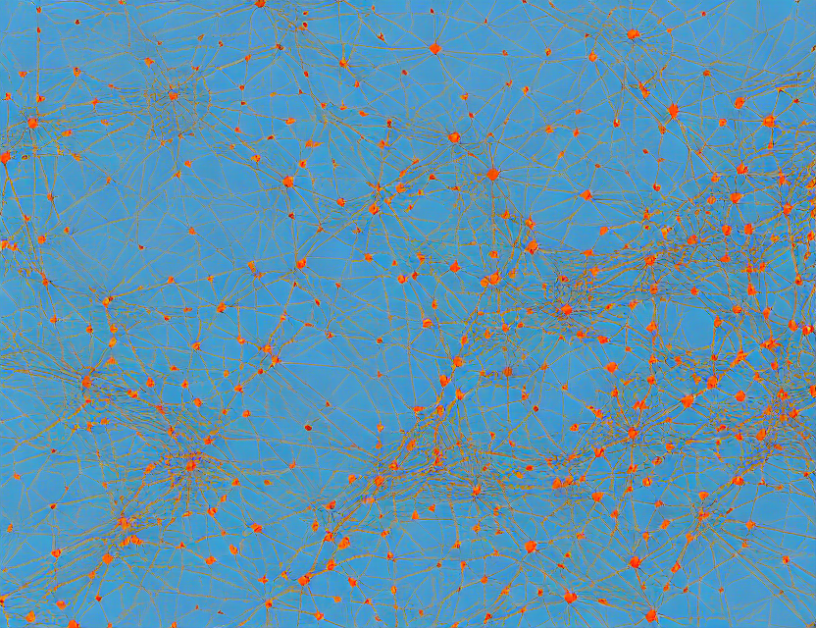In this article, we’ll delve into the world of deep learning models and explore how they can be trained to handle various tasks. Our journey begins with an overview of the different types of deep learning models, including neural networks and their components. We then dive into the nuances of training these models, discussing the importance of regularization techniques and their role in preventing overfitting.
One interesting aspect of deep learning models is their ability to learn from multiple sources simultaneously. This concept is referred to as multi-modal learning, where different modalities such as images, text, and audio are combined to improve model performance. We explore the challenges associated with this approach and how regularization techniques can help address them.
Another important aspect of deep learning models is their ability to handle batch learning, which involves training models on multiple subsets of the data simultaneously. This technique can significantly reduce the time required for training, but it also introduces some complexities that must be addressed. We discuss the trade-offs involved in using batch learning and how to optimize its performance.
Finally, we touch upon the issue of unimodal bias in deep learning models. Unimodal bias occurs when a model is overly reliant on a single modality, such as images, and neglects the others. We provide insights into how this can happen and offer strategies for mitigating its effects.
Throughout the article, we use everyday analogies to help demystify complex concepts and make them more accessible to readers. For instance, we compare the process of training a deep learning model to cooking a meal – both involve combining various ingredients in a specific way to create something delicious and effective.
In summary, this article offers a comprehensive overview of deep learning models, their components, and how they can be trained for various tasks. We explore the complexities associated with multi-modal learning, batch learning, and unimodal bias and provide practical strategies for addressing these challenges. By using everyday analogies and language, we make these concepts more accessible and easier to understand for readers.
Computer Science, Machine Learning
Deriving Conditions for Unimodal Bias in Deep Multimodal Networks



